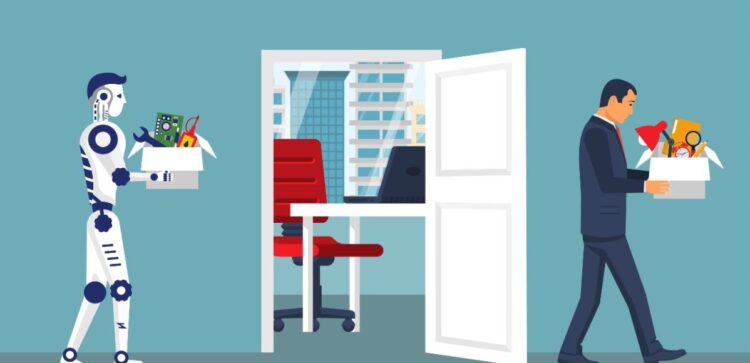As industries rapidly integrate artificial intelligence (AI) across various applications, its expansion into testing represents a promising yet challenging frontier. AI in testing promises to automate and enhance the precision of processes that traditionally require extensive human oversight. However, despite the potential efficiencies gained, AI integration has significant hurdles. This article delves into AI’s various challenges and limitations when applied to testing environments.
Understanding AI in Software Testing
AI in software testing uses machine learning, natural language processing, and other AI technologies to automate the creation, execution, and analysis of test cases and scenarios. These tools significantly reduce the time and resources required for testing while increasing test coverage and effectiveness. AI-powered tools can predict defects, optimize test cases, and even identify areas of high risk that require more thorough testing.
Technical Challenges
Complexity in Test Design
One of the primary challenges in implementing AI within testing frameworks is the inherent complexity of test design. AI models often struggle to fully comprehend intricate and nuanced test scenarios, particularly when dealing with edge cases or highly contextual situations. This limitation can lead to oversights that might need to be corrected.
Data Dependence
AI systems rely heavily on large volumes of high-quality data to train their algorithms. In testing, however, especially in new or unique applications, such extensive datasets may be limited. This data deficiency can severely limit the effectiveness of AI testing tools, making them less reliable than necessary.
Adaptability Issues
Another significant hurdle is AI’s ability to adapt to new or changing environments without extensive retraining. Testing environments often evolve rapidly, and AI systems may only keep pace if they are continuously updated or fine-tuned, which can be resource-intensive.
Tool and Integration Limitations
Integrating AI tools with existing testing frameworks often poses technical and logistical challenges. These tools may not seamlessly fit into established workflows, potentially leading to integration issues that disrupt testing processes.
Practical Limitations
Cost Implications
Implementing and maintaining AI-driven testing solutions can be prohibitively expensive. Acquiring, training, and updating sophisticated AI systems requires substantial investment, which may not be feasible for all organizations.
Skill Gaps
Operating advanced AI testing tools effectively often requires specialized knowledge, creating a skill gap in many teams. Organizations may need to invest significantly in training or hiring specialized personnel to leverage these technologies fully.
Scalability Concerns
Scaling AI solutions across different organizational projects or teams is another practical challenge. What works in one scenario may not directly apply to another, requiring additional customization and testing, which adds time and expense.
Ethical and Legal Concerns
Bias and Fairness
There is an inherent risk of AI systems perpetuating or even amplifying biases present in their training data. This can lead to unfair or inaccurate outcomes in testing, particularly if the data does not adequately represent all possible scenarios or demographics.
Transparency and Accountability
AI systems, especially those based on complex algorithms like deep learning, are often described as “black boxes” due to their lack of transparency. This opacity can make it difficult to understand or predict how AI decisions are made, complicating efforts to hold systems accountable for errors.
Regulatory Challenges
Compliance with data use and automated decision-making laws is a critical consideration. Different regions may have varying regulations that impact how AI can be deployed in testing, necessitating careful navigation of these legal landscapes.
Case Studies and Real-World Examples
Several case studies highlight the successes and challenges of AI in testing. For instance, a major software company implemented AI to automate its testing processes, resulting in a 50% reduction in testing time. However, another example from the automotive industry shows how reliance on insufficient training data led to an AI system failing to recognize less common but critical scenarios, causing delays and increased costs.
Future Prospects
Research into making AI more adaptable, less data-dependent, and more transparent is ongoing. Developments in areas like unsupervised learning and AI explainability hold promise for addressing many of the current limitations.
Conclusion
While AI offers significant potential to revolutionize testing by increasing efficiency and coverage, the technology still faces substantial challenges that must be addressed. Balancing the benefits with the limitations requires careful consideration, ongoing research, and a willingness to invest in enhancing AI capabilities and addressing its shortcomings. As the field evolves, so too must our strategies for integrating AI into testing environments, always to maximize both effectiveness and ethical responsibility.

